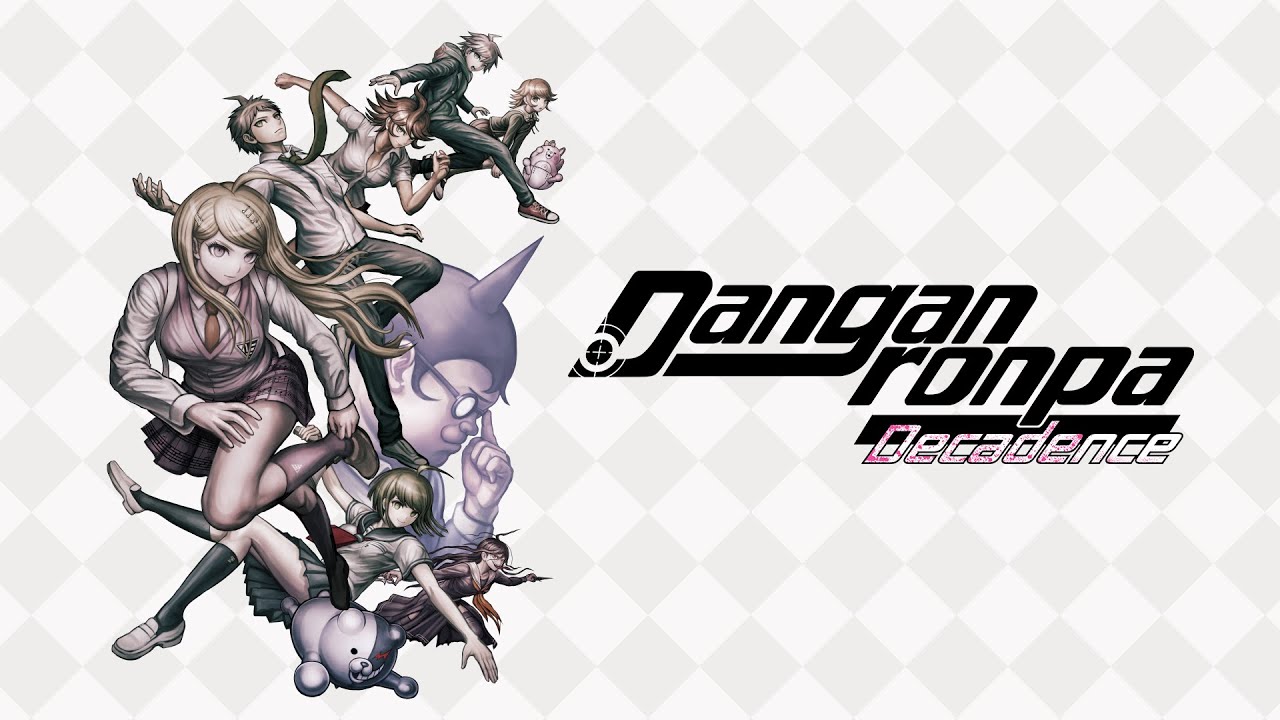
Danganronpa Decadence is a compilation of the three mainline games, plus a new game that is an expanded version of a mini-game from the third entry. Danganronpa: Trigger Happy Havoc was originally released in 2010 as a PlayStation Vita game in the west. It was originally a PSP visual novel, but by the time it came to localization, Sony had long abandoned the console.
Trigger Happy Havoc was a big deal when it came out in the west and proved that Japanese visual novels can become a success. It was a genre that had already been around for decades, but with the popularity of narrative driven games rising, the timing was perfect for Danganronpa to finally be played by English speakers.
These are really intense mystery-thrillers with a horror-comedy twist and sometimes gives players a bit of fan-service along the way. The premise of the “killing game” is for imprisoned students to commit a perfect crime and get away with it in a trial. Should the killer get away with murder, they are set free and the rest of the students are executed. If the culprit is discovered, only the culprit is executed. How does this collection stand up? Find out in our Danganronpa Decadence review!
Danganronpa Decadence
Developer: Spike Chunsoft
Publisher: Spike Chunsoft US
Platforms: Nintendo Switch
Release Date: December 3, 2021
Players: 1
Price: $59.99 USD
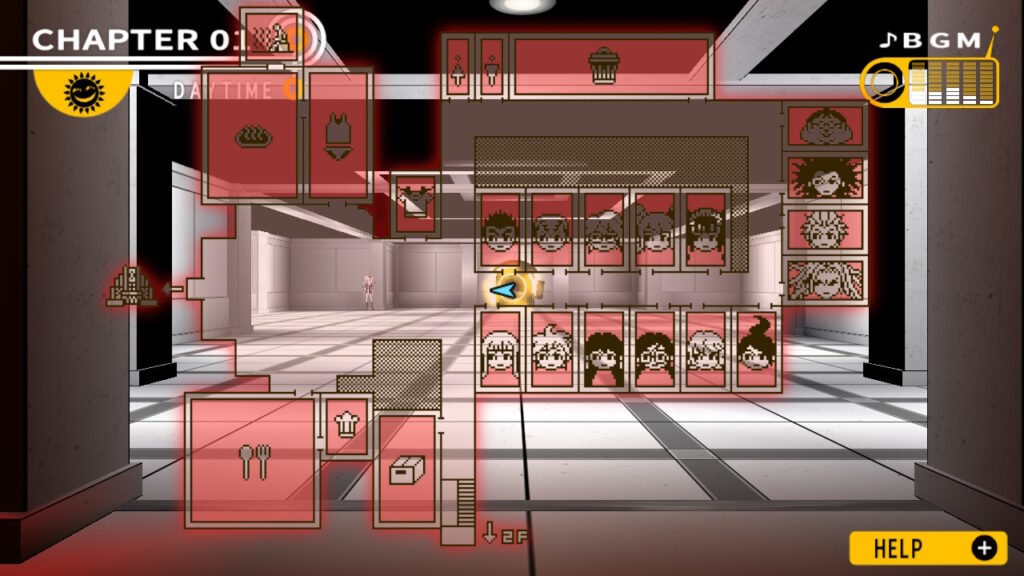
Mokoto is a regular, everyday nobody kid. He is designed to be as unremarkable as possible in a cast full of exceptional students with absurd and over the top designs. He is accepted into Hope’s Peak Academy; a prestigious school for the best of the best. It turns out, Mokoto is about to participate in a ruthless game of despair.
A diabolical yet cuddly bear mascot known as Monokuma is the headmaster and is the architect of the killing game. The first killing game in Trigger Happy Havoc features a cast of archetypical characters with a couple of outliers. Many of the broad characters are given a lot of depth as the story develops and the cast are put through the emotional ringer.
They begin as archetypes, but as the events unfold and as Monokuma pushes everyone to kill each other, everyone begins to unravel. Unlikely alliances get formed and distrust is spread. Creative motivations are written very believably and an atmosphere of desperation and panic is palpable as the mental state of some of the students come apart.
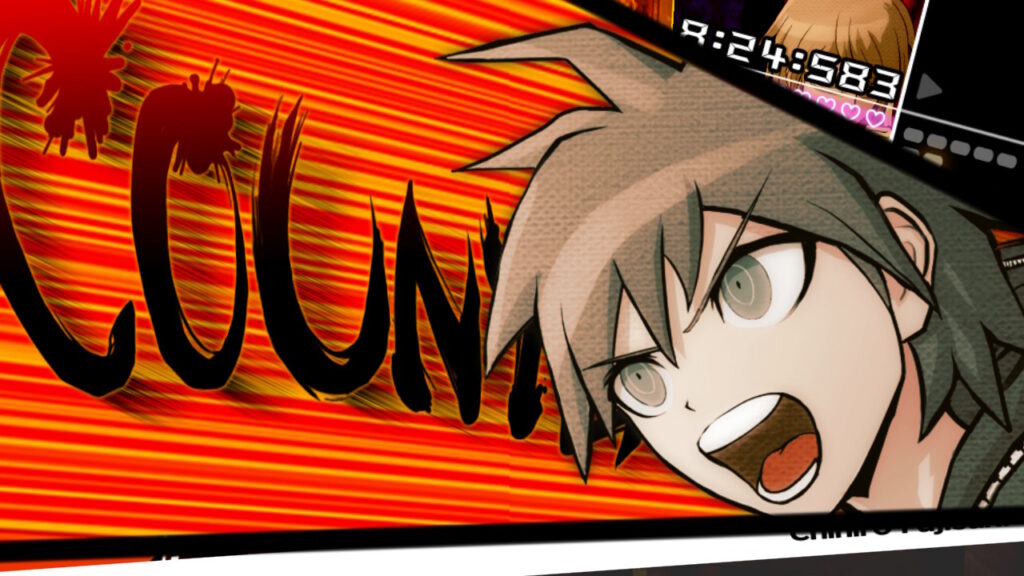
Danganronpa games are made up of several modules. The first is general story development which is composed mostly of reading. This is important because it establishes many of the rules of the premise. The context of the setting is defined, character motivations are set-up and lots of foreshadowing is made clear during these moments for anyone who might be paying attention.
The second module of these games are the “free-time” sequences. This is when players are free to explore a section of the school and to build-up their social-link with the other students. Getting to know the other students is not only very entertaining, because Trigger Happy Havoc is well-written, but also because leveling up their relationship with Mokoto earns him abilities to use during the game’s fourth module.
The third module are the inevitable murder investigations. This is where players will search rooms for clues and gather information from other characters. These moments are usually very scripted and follow an invisible checklist of actions the player must complete in order to progress to the fourth and final module: the trial.
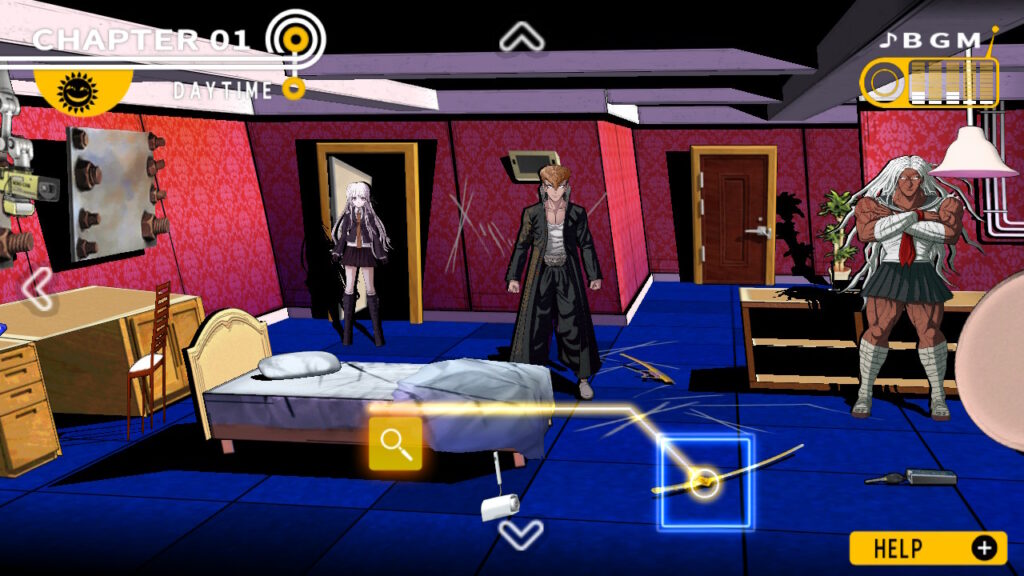
The trials is where the real action takes place and usually serves as the emotional climax per chapter. These play out like a mixture of Phoenix Wright and WarioWare. Expect to review clues that were collected and to make use of passive skills earned from the social links from any surviving characters while doing free time.
There are mini games like shooting down conflicting accounts with “truth bullets”, assembling manga panels to tell a coherent story, and a rhythm based game to win a debate. These are usually pretty intense due to utterly electric score by Masafumi Takeda, which energizes every sequence in the trials.
By the end of each trial, expect to feel completely drained emotionally and mentally from the barrage of puzzles and extreme stakes that the characters endure. The only weak point of the trials is Hang Man’s Gambit- a mini game where players have to shoot the right letter to spell out a specific word and sometimes the word in question is a huge leap in logic.

Trigger Happy Havoc is a rollercoaster of visual novel. It has many emotional highs and lows. Sometimes the gameplay is intense and despite the common misconception of the genre; it is very possible to lose in the Danganronpa games. Mokoto has a “life bar” and making too many mistakes will lead to a game over.
These games are not just reading. Players will have to pay attention to what is in front of them because missing some details from assuming this is a choose-you-own-adventure game will be in for a rude awakening. This is not something like a TellTale game where players are basically story directors; in Danganronpa, the player is a participant in the trial.
The second game in the Danganronpa Decadence collection is Danganronpa 2: Goodbye Despair, originally released in the west in 2012. After the unbelievable events of the first game, it would be easy to assume that there would be no way a sequel could top it. Goodbye Despair not only is an incredible sequel, in some ways it is better than the first.
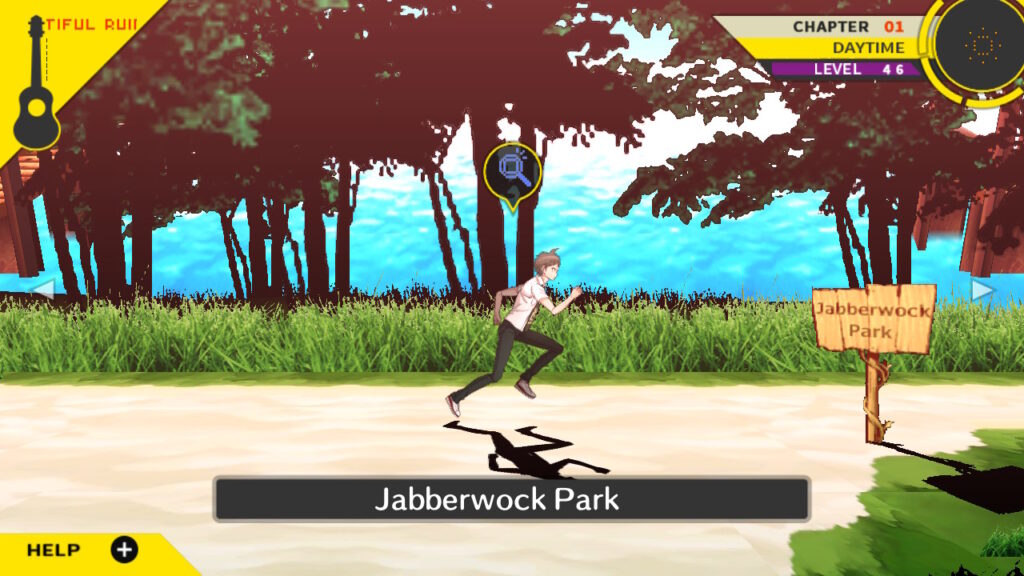
Goodbye Despair knows its audience very well. It knows that the player knows they are about to play a sequel to a convoluted mystery game with a lot of potential killers and the story is extremely meticulously crafted to play on expectations.
There are fake outs and double-fakes outs. Certain characters are designed and written to be obvious victims or killers, only to subvert expectations in the best way imaginable. Nothing is as it seems and the new cast of students are all completely original and have their own personality compared to the students from the last killing game.
Like in Trigger Happy Havoc, Goodbye Despair has another 16 students forced to play Monokuma’s game of death. The atmosphere is very different due to it being set on an idyllic tropical island instead of a school under lockdown. Despite the pleasant weather and upbeat ambiance, Goodbye Despair doubles down on the drama and intense murder mysteries.
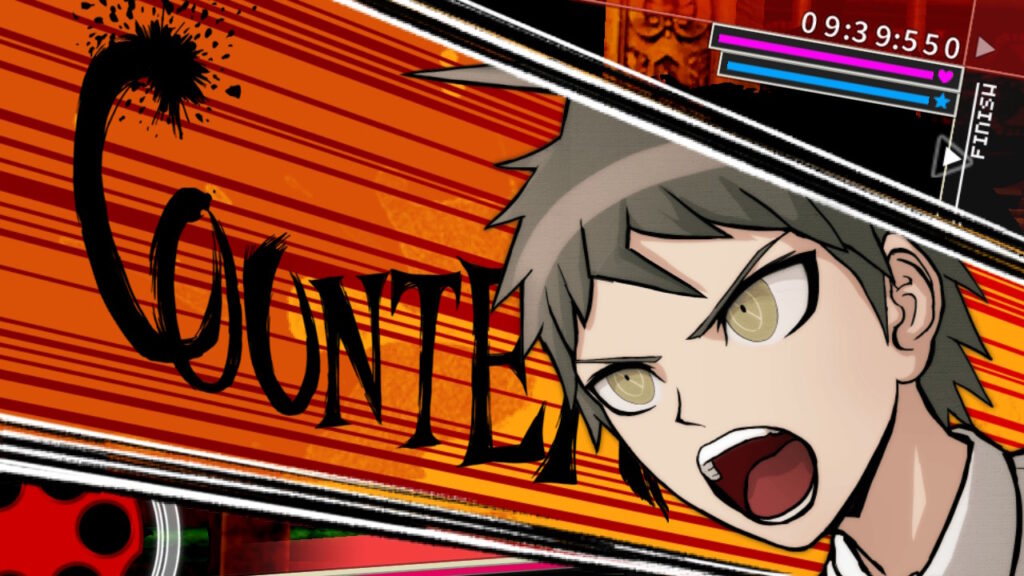
Goodbye Despair follows the same general structure of the last game, in more ways than one. Hajime will still be using his free-time to social link up with students to gain a passive skill and find Monokuma Medals hidden for the capsule machine for gifts. The main difference in gameplay is Hajime is controlled in a side-scrolling 2D perspective, instead of a 3D first-person format.
The trials are once again the highlight of the experience. The diabolically creative scenarios concocted by the writers will leave gamers floored and shocked by the truth. Uncovering who did what is as complicated as it ever was in Trigger Happy Havoc due to the all new cast and having to get to know each one during the investigations.
Many of the returning mini-games have been tweaked slightly for the better. Hang Man’s Gambit was the worst trial mini-game in Trigger Happy Havoc and it is regretfully back, but redone in a way to be less obtuse. It is still the weakest part of a trial, but the effort made to try to improve it must be commended.
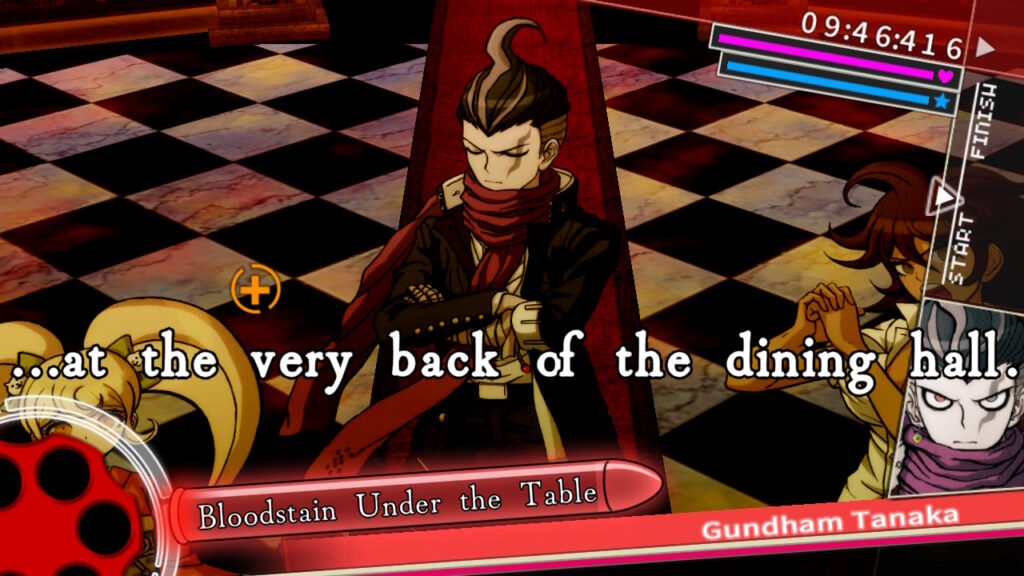
Danganronpa 2: Goodbye Despair is a very ambitious visual novel. Its influences from the likes of Human Entertainment are felt strongly and are proudly worn on its sleeve. It is a deconstruction of many of the tropes that fans of this genre would come to expect.
Getting to know the characters during their free-time social links reveal depth and layers to their personalities. Paying close attention to details will privy to subliminal foreshadowing and set-ups with unbelievable pay-offs. The tone of character backstories are often more tragic than in the last game and the deaths for the victims and the culprits are deliciously cruel and ironic.
Like its predecessor, Goodbye Despair has an intense climax that is exhausting. As the events unravel, taking a break becomes impossible and marathoning long gameplay sessions just to see what happens next is likely to happen. Yet, Dangaonronpa V3: Killing Harmony manages to be an even more ambitious and stupefying conclusion to the series.
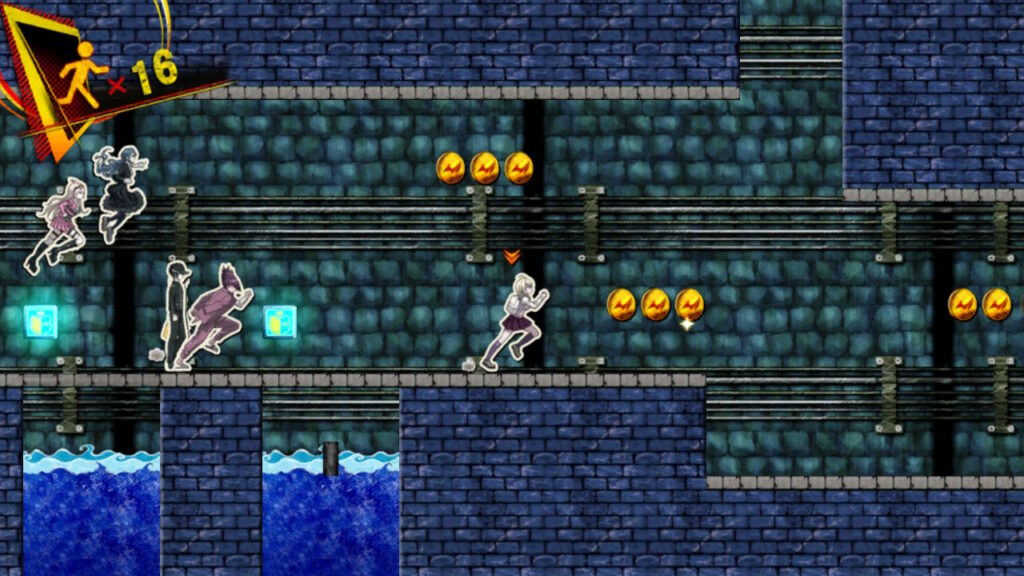
After completing the first two games, expect to be a Danganronpa fan and to have an idea what to expect for the final entry. Killing Harmony anticipates the kind of person who would be playing it and completely pulls the rug from under the player. It may be a new school and a new cast of 16 ultimate students in another round of Monokuma’s killing game, but this time- the stakes cannot be any higher.
The first trial has one of the most diabolical and clever subversions seen in a sequel since Metal Gear Solid 2: Sons of Liberty. Just when players think they know what to expect, Danganronpa shows us that its been saving its best tricks for last. Originally released in 2017, Killing Harmony is one of the least predictable mysteries ever, yet it all makes sense and the premise is completely earned due to the thoughtful foreshadowing.
The cast is the best it gets in Killing Harmony. The protagonist is one of the best developed in the series. The students get the most entertaining banter yet and emotional pay-off leading up to the later events in the story are gut-wrenching. Most of impressive of all is the utterly gutsy climax of the story that will undeniably divide fans and have them debating its significance.
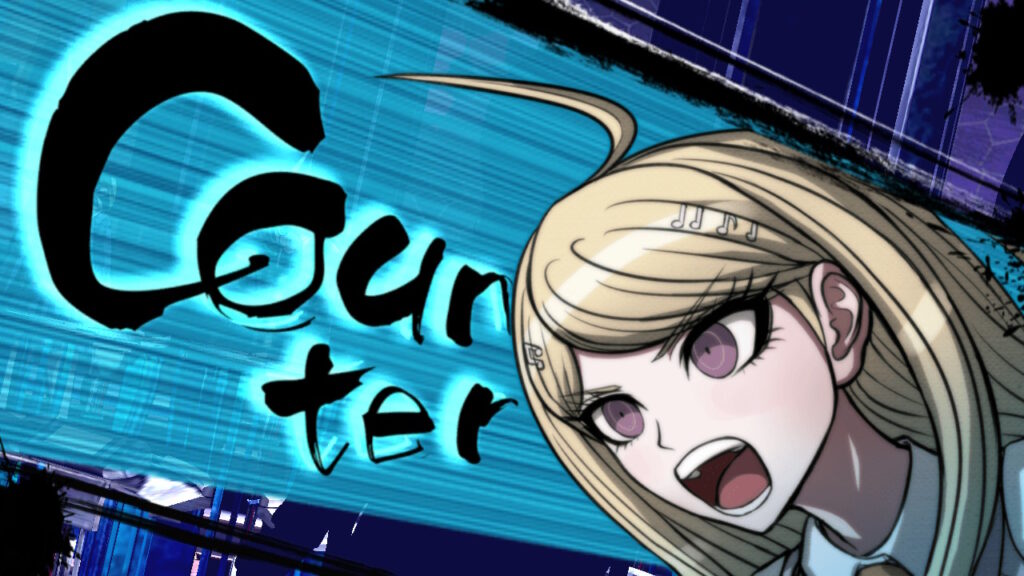
Like in prior games, there is a structured cycle to the gameplay that has daily-life, free-time, investigations and trials. After every chapter/trial, more of the environment opens up to the player to explore. Killing Harmony also drops the 2D perspective and returns to basics with the traditional first person view of Trigger Happy Havoc.
The stark use of black outlines and deep lighting has always made this games stand out. Character designs in all the games are distinct and are part of the signature look of the series. Mixing flat 2D elements with 3D modeling is a very unique approach to realize the visuals. The fluorescent pink blood somehow looks even more shocking than if it were realistic red.
Menus, fast traveling, and overall presentation have been refined in this final entry. It is a culmination of everything the games were working towards and even the writing quality and character designs have reached their absolute peak; Danganronpa cannot get any better than Killing Harmony.
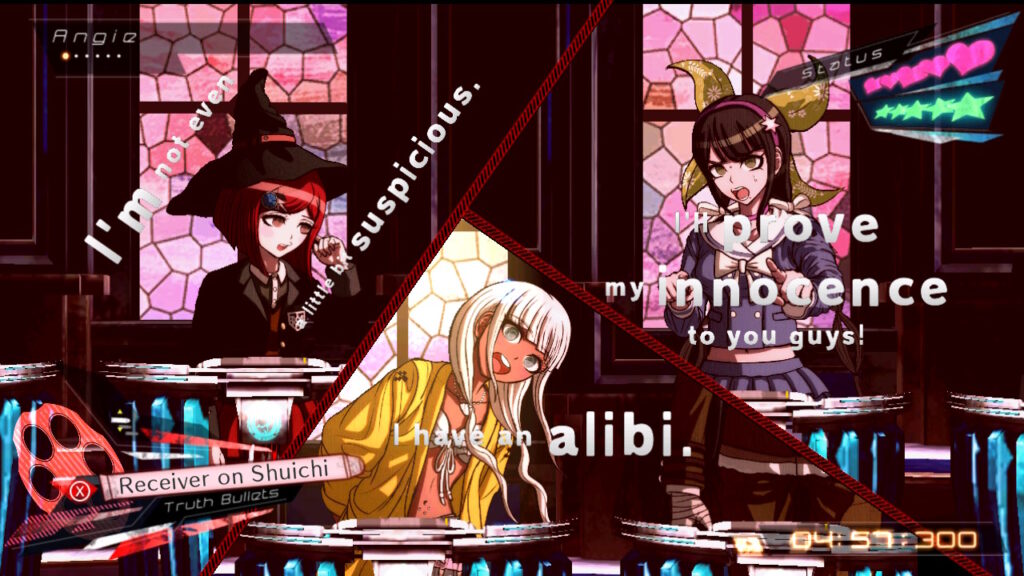
The developers held nothing back for Killing Harmony. The trial mini-games are more ambitious than ever- one of which resembles Outrun and another is like a snowboarding game. There is even a fully working casino to mess around with to win prizes. Killing Harmony also happens to be the longest of the three- clocking in around average JRPG lengths.
Post-game content in all of the main Danganronpa titles are always festooned with things to see and do. Usually a variation of the free-time mode where the player can enjoy themselves with the characters with no worry of anyone getting killed. This is for completing the social links because some characters would be impossible to complete due to them dying early in the story.
Killing Harmony took this to another level with a board game mini-game that was so popular with the fans, that it got expanded into its own game with Danganronpa S: Ultimate Summer Camp. This is the bonus game to make Decadence worth it for veteran fans, since these games suffer from diminished returns after you beat them once.
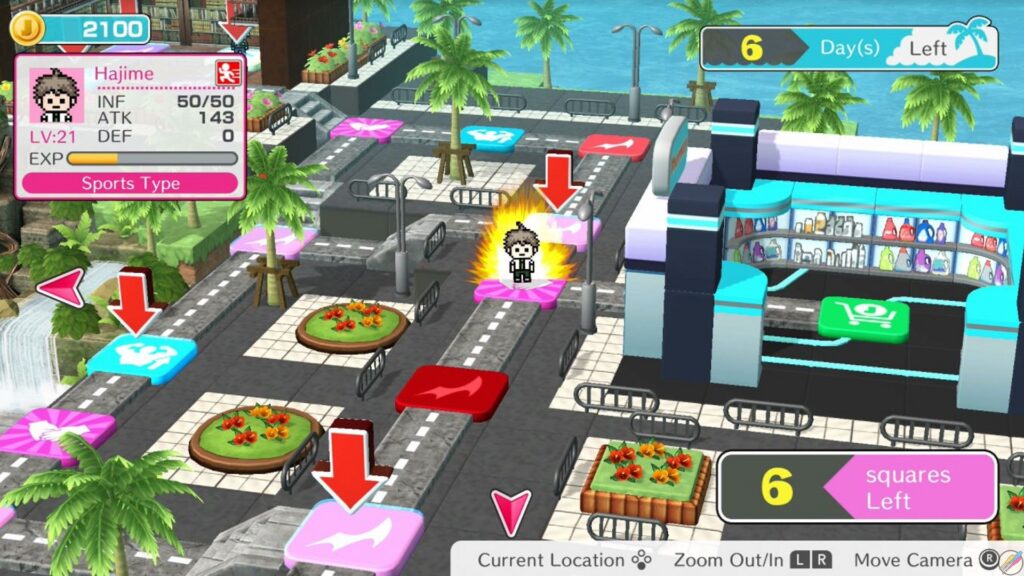
Sadly, Ultimate Summer Camp fails to live up to its promises and is a huge betrayal to fans of Danganronpa. This is rotten with mobile game design and gacha mechanics. There is even a repugnant vending machine where players use real dollars to get character cards, because only the protagonists of each of the game are available at first.
It is possible to get other characters for the big board, but acquiring the coins for the machine is something that barely happens. The entire experience was designed around grinding and barebones turn-based RPG combat. The board game sequence only functions as a means to build-up a character’s stats and abilities and the bulk of the actual battling is done in the tower.
The main hook of Ultimate Summer Camp was supposed to be characters from other games interacting. This was a promising and exciting premise; but without the driving narrative force of the killing game, there is nothing for these characters to do. All the banter and scenes are not connected to anything and come off as “what if” fan fiction. Without the drama of the stories, these characters are not interesting alone.
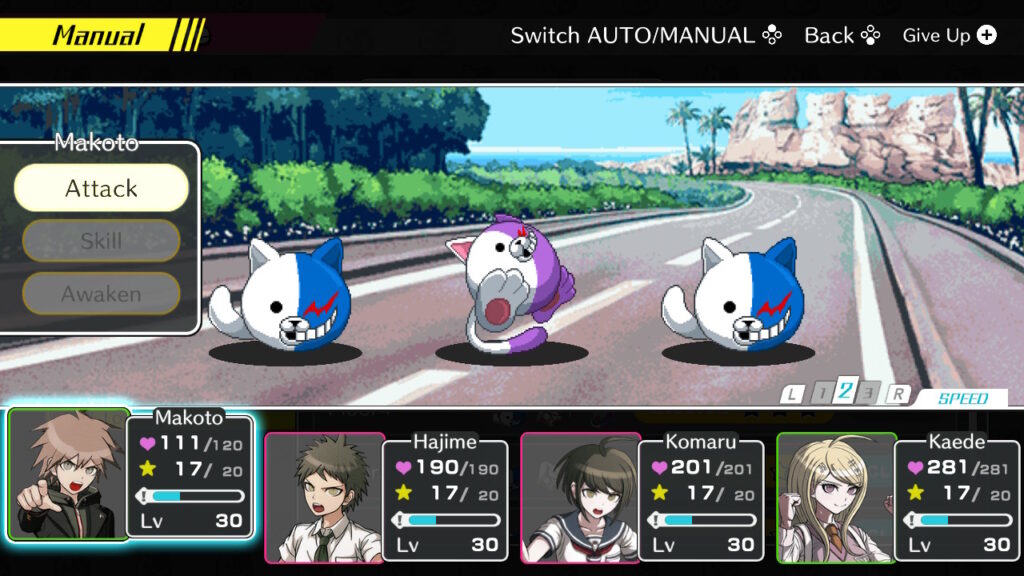
Ultimate Summer Camp is a huge disappointment to anyone who loves the Danganronpa games. Buying the physical copy gets all four, except Ultra Despair Girls… which is a huge mistake because that is one of the transgressive and unique entries in the franchise. Frustratingly, many characters from Ultra Despair Girls are represented in Ultimate Summer Camp.
Fans of the these games likely already have played them or own them. They are not worth getting on the Switch due to the horrendously unstable frame rate and Ultimate Sumer Camp exists to exploit the fanbase. The scenes of interactions are interchangeable and many of them repeat which makes the overall product feel cheap.
Each title could be acquired separately on the eShop, but buying the Decadence physical copy nets all four games. Ultimate Summer Camp alone is $19.99, which is grossly overpriced considering it is rife with microtransactions and has shallow skinner-box game design that would make EA proud. Only the main games in the complilation are awesome and should be played. Hopefully, Ultra Despair Girls will get its time in the sun.
Danganronpa Decadence was reviewed on Nintendo Switch using a copy provided by Spike Chunsoft. You can find additional information about Niche Gamer’s review/ethics policy here.